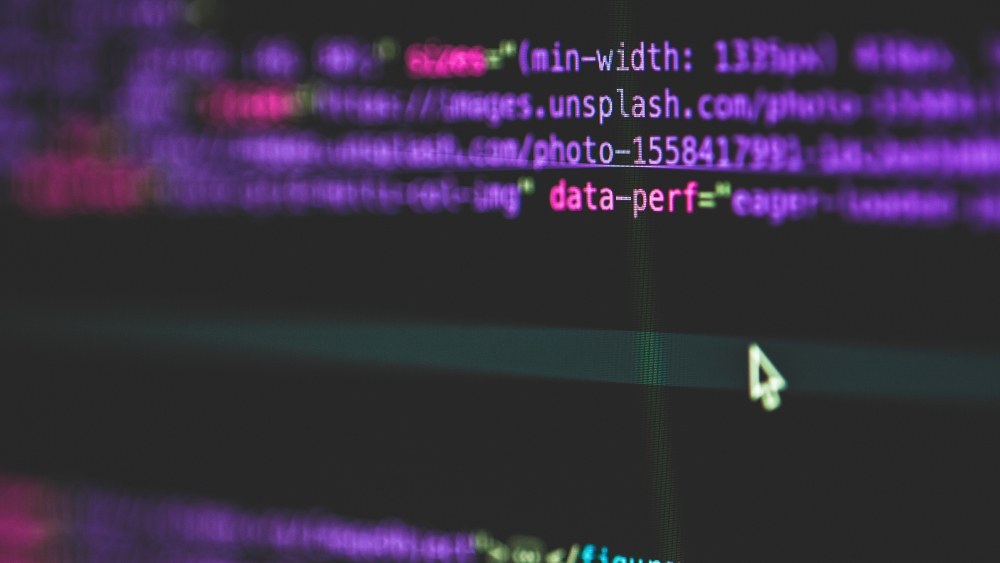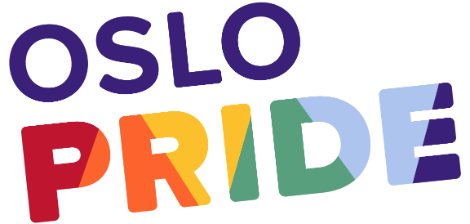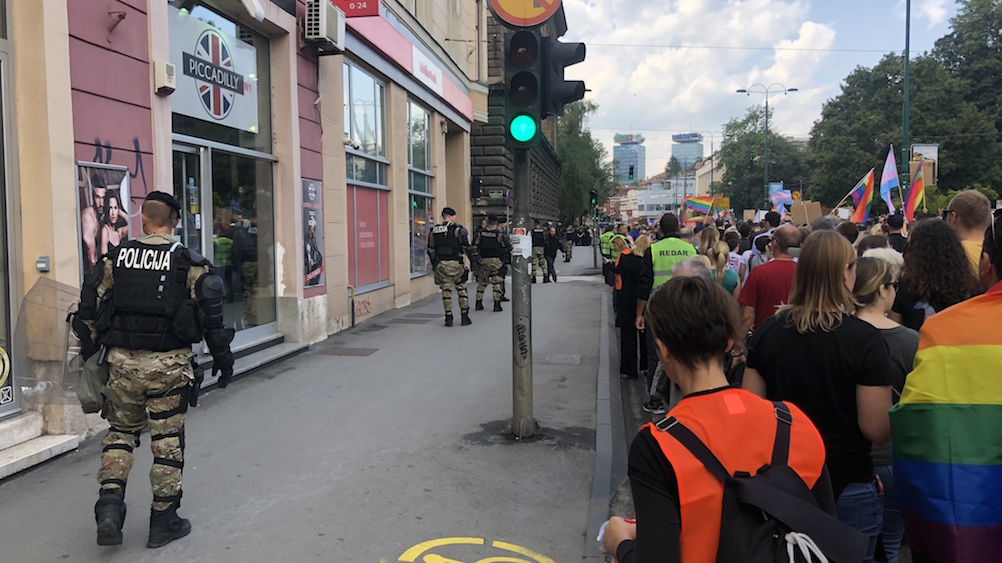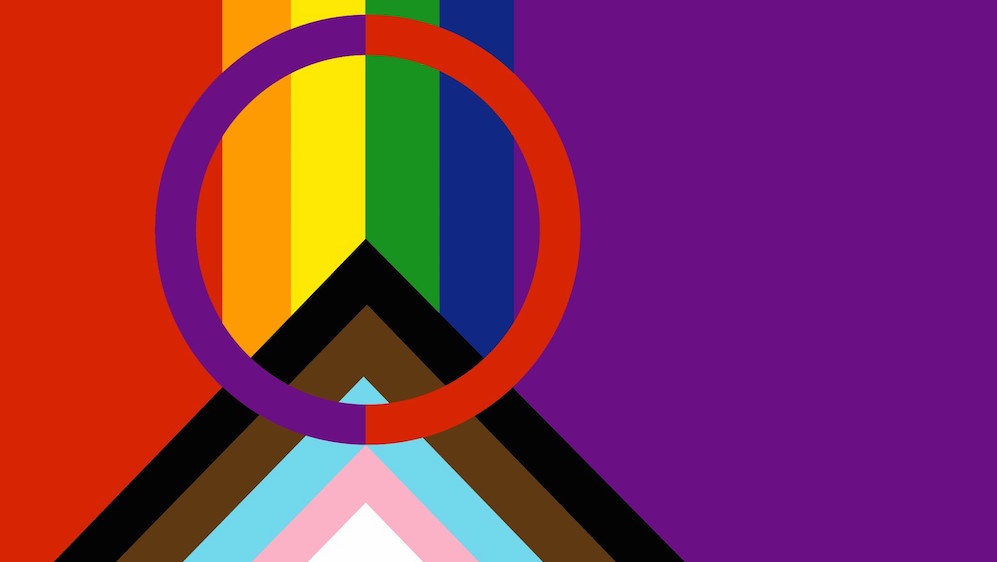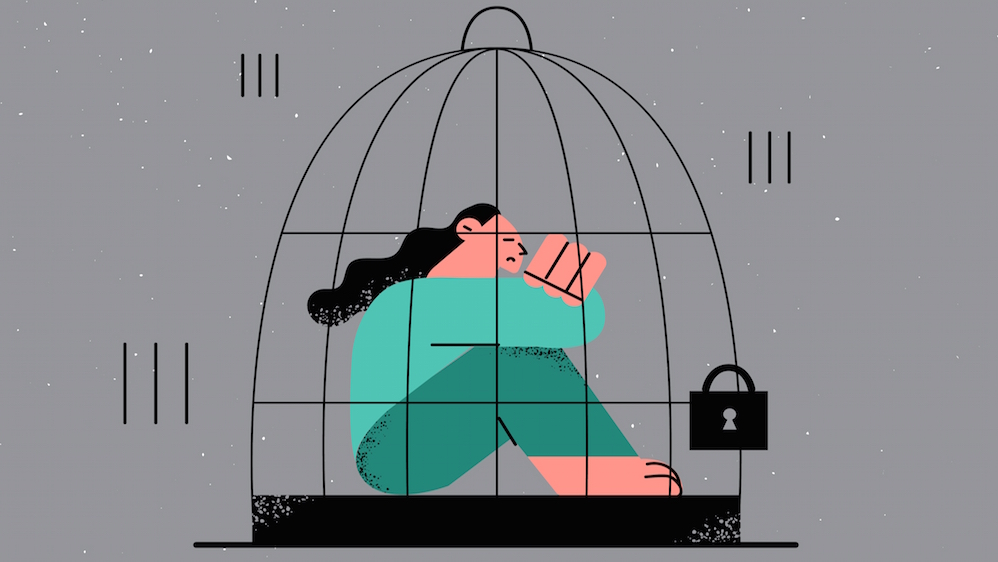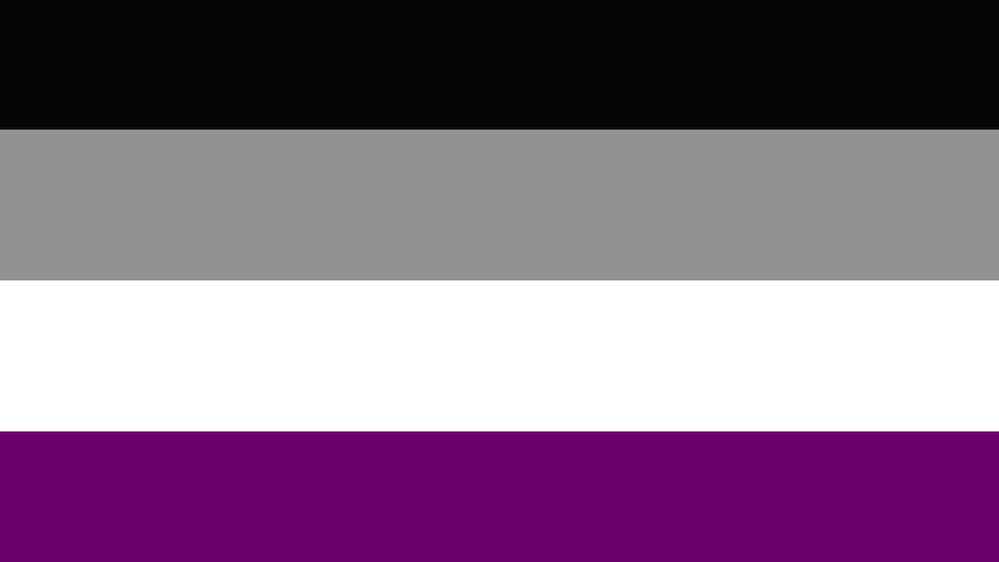
Illustration: Top row l-r: Photographer unknown. SKA/A-0033 Løvetann, Skeivt arkiv; Photographer unknown. SKA/A-0033 Løvetann, Skeivt arkiv; Cecilie Johnsen/Unsplash. Bottom row l-r: simmersholm.net, Oslo Pride Parade 35, CC BY-SA 4.0; Photographer unknown. SKA/A-0009 LLH Bergen og Hordaland, Skeivt arkiv.
Have you ever wondered why we celebrate Pride? Pride is about making queer culture visible, and celebrating queer love and diversity. It is about remembering battles that have been fought, victories and losses, which have led us to where we are today.
The five decades since the decriminalization of sex between men in Norway have seen huge cultural shifts in relation to how we understand sexuality and gender. Now, Pride has become a celebration in which the majority population, businesses, and political actors participate. Internationally, we also see that Pride is being celebrated in more and more places and a strong mobilization for the rights of LGBTQI+ people worldwide over the last decade has led to many breakthroughs. Yet Pride is not only a celebration, but also an opportunity to consider the challenges that still remain, both locally and internationally.
STK has collected a handful of texts on LGBTQI+ topics from UiO researchers and other relevant partners, that we hope can provide some insight into the research being conducted on these issues.
New in 2023
Information systems and trans exclusion
Large groups of transgender and gender diverse people are still being excluded from accessing health services by information systems that don’t accommodate them, according to doctoral researcher Katherine Wyers at the Department of Informatics, UiO.
Operatic Pride
In recent years, we have seen more LGBTQ+ representation within opera. Nevertheless, structural challenges make change a slow process, writes Daniel X. Y. Fong, doctoral research fellow at the Department of Musicology.
Theme: Rights and international solidarity
Are all genders and sexualities equally protected against discrimination?
Despite legislation that recognizes sexual and gender diversity both in Norway and internationally, we see that binary gender norms and heteronormativity stubbornly persist in our legal structures. This means that in practice, people who are lesbian, gay, bisexual, trans or intersex (LGBTI) might not be protected from discrimination.
International peace and security policy
Further reading:
-
Latin America: Between populist forces and rainbows by Benedicte Bull, Professor at the Centre for Development and Environment, UiO
-
Poland's LGBT problem by Agnieszka Graff, Associate Professor at the American Studies Center, University of Warsaw, Poland
-
Equal rights, recognition and respect? by Ragnhild Helene Hennum, Professor at the Department of Public and International Law, The Faculty of Law, UiO
Theme: Nordic perspectives
A Critical Look at Pride Narratives
Pride is an opportunity to look back at the milestones achieved by those belonging to sexual and gender minorities. We should however note that the stories we tell about Pride highlight some groups at the expense of others, writes Niels Nyegaard, postdoctoral fellow at the Centre for Gender Research, UiO.
Queer Sámi organization
Further reading:
-
Gender and sexuality in the Viking Age by Marianne Moen, Museum of Cultural History, UiO
-
LGBT activism in Scandinavia by Peter Edelberg, Associate Professor at the SAXO-Institute, University of Copenhagen
Theme: Health, the body, sexuality and gender identity
Understanding Intimate Partner Violence Among Ethnic and Sexual Minorities
We do not know enough about intimate partner violence in the LGBTQ+ community, and those who belong to both an ethnic and a sexual minority are especially vulnerable. This can mean that they do not receive the help they need.
The Asexual Potential
Further reading:
-
The significance and potential of popular culture by Wencke Mühleisen, guest researcher at the Centre for Gender Research, UiO
-
Gay, queer, trans – politics and theories in motion by Agnes Bolsø, Professor at the Centre for Gender Research, Department of Interdisciplinary Studies of Culture, NTNU
- Gender dysphoria by Reidar Schei Jessen, PhD candidate at Oslo University Hospital/Department of Psychology, UiO
- Was Jesus queer? by Halvor Moxnes, Professor Emeritus at The Faculty of Theology, UiO
